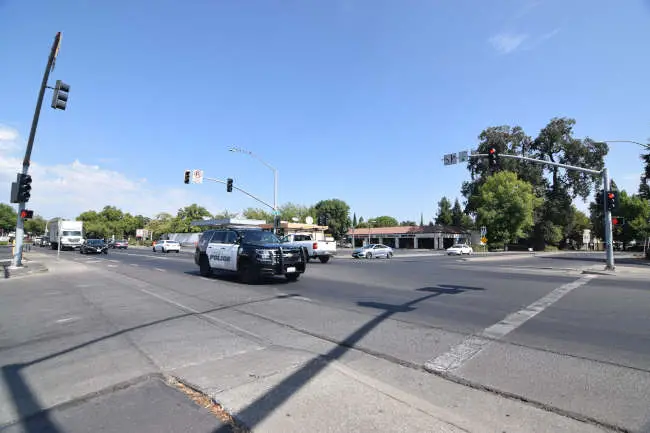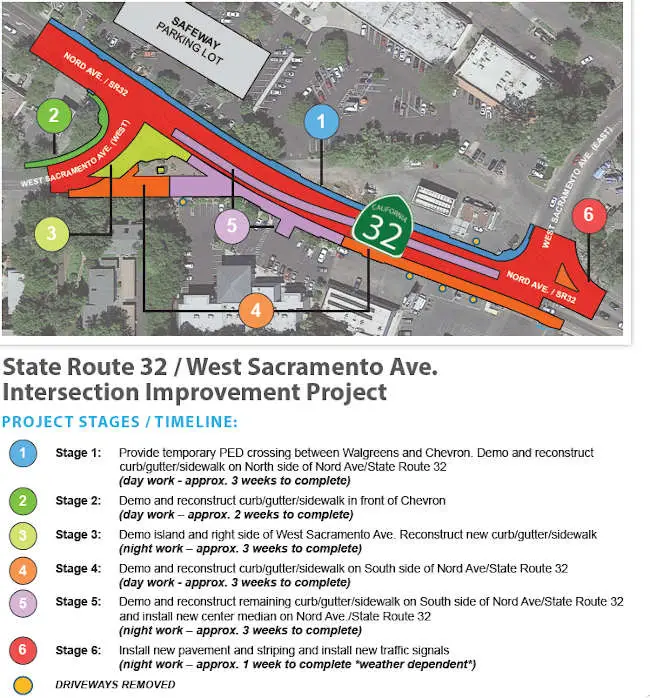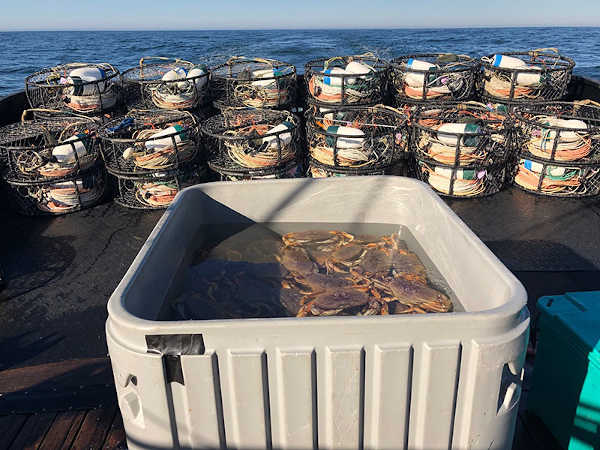- Cal Fire Mendocino Unit
- Posted On
Cal Fire Mendocino Unit welcomes new Chief Luke Kendall

MENDOCINO COUNTY, Calif. — The Department of Forestry and Fire Protection, or Cal Fire, Mendocino Unit has welcomed its new unit chief, Luke Kendall.
Chief Luke Kendall began his career in 1991 as a firefighter I in the Mendocino Unit.
He worked through the ranks to fire captain in the Mendocino Unit, or MEU, before transferring in 2006 to the Siskiyou Unit Fire Prevention Bureau as the pre-fire engineer.
In 2007, Kendall became a peace officer and moved to the unit’s fire captain specialist position. While in this position he was the unit’s law enforcement field training officer, firearms instructor, and a board member of the Siskiyou County Arson Taskforce.
In 2010, Chief Kendall promoted to battalion chief in the Scott Valley Battalion. During this time, Chief Kendall supervised the unit’s Rescue Group Cadre and assisted in the rewrite of the Units Strategic Fire Plan.
In 2017, Chief Kendall promoted to assistant chief at Deadwood Camp.
Throughout Chief Kendall’s career he has served on several committees and teams including the Redwood Empire Hazardous Incident Team as a hazmat specialist.
Since 2018, Chief Kendall has participated in Cal Fire incident management teams and was recently appointed as the deputy incident commander of Cal Fire Incident Management Team 1.
Chief Kendall is excited to return to the Mendocino Unit where his father was a fire captain for more than 25 years and his brother, Matt Kendall, is the current Mendocino County sheriff.
Chief Kendall is looking forward to building strong cooperative agency relationships, supporting Cal Fire personnel as they face longer and more challenging fires, and serving the community in which he grew up.






 How to resolve AdBlock issue?
How to resolve AdBlock issue? 




